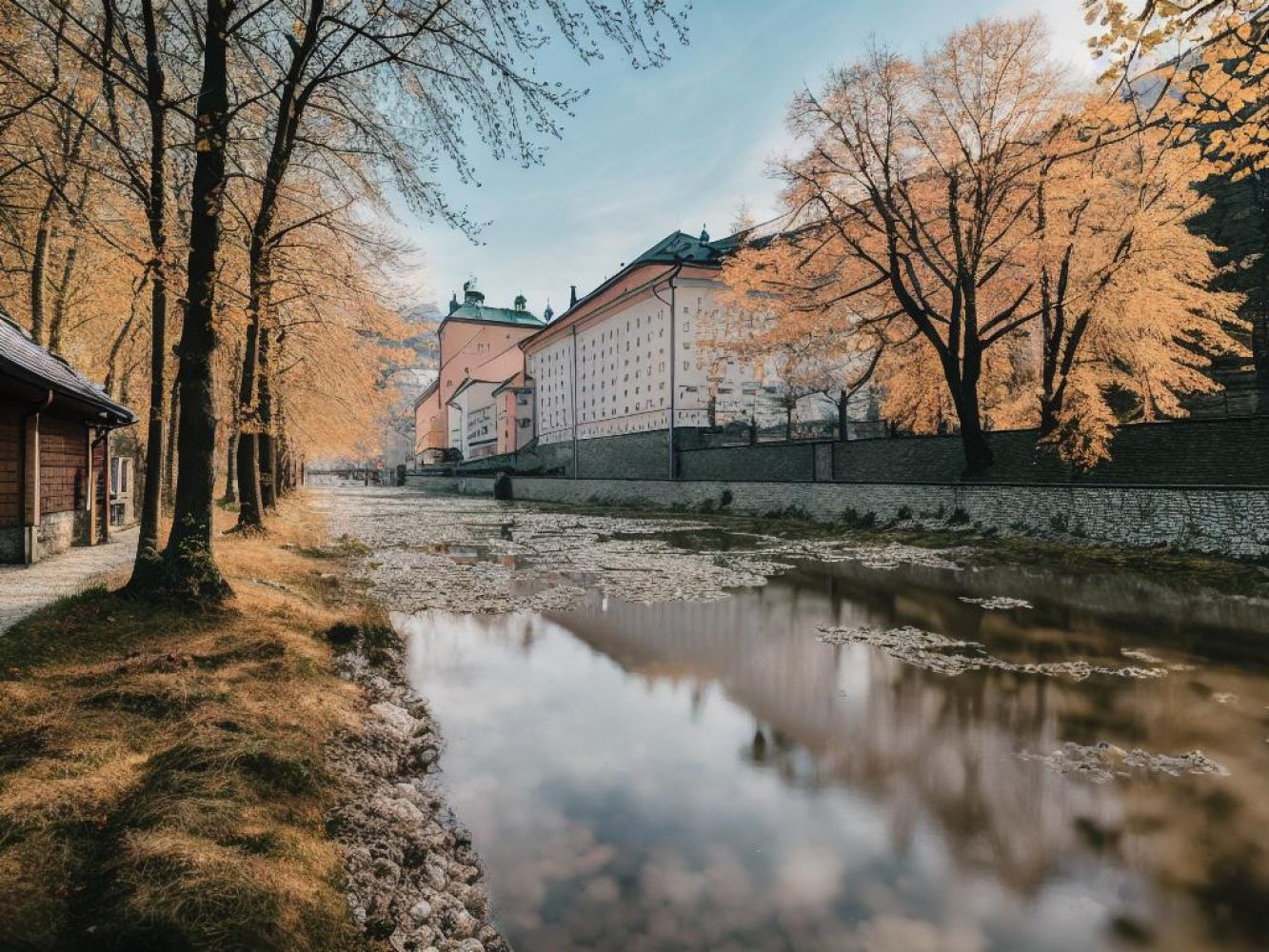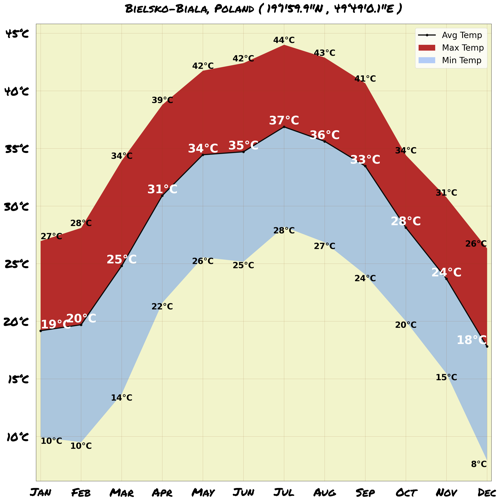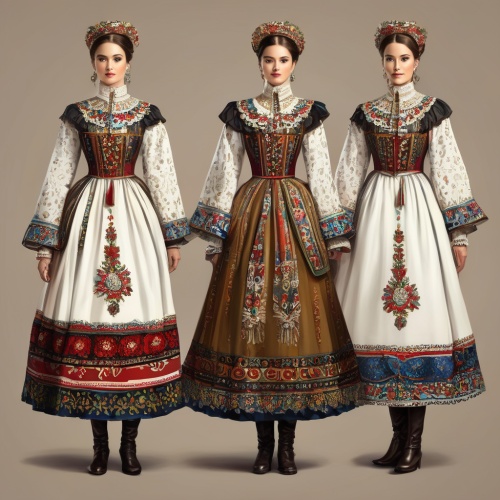Understand
Bielsko-Biala is a vibrant city located in the southern part of Poland, at the intersection of the S1 motorway. It is conveniently situated 50 km south of Katowice and 75 km west of Krakow, making it easily accessible for visitors. This city has a rich history, once renowned for its magnificent linen production. Although its main industries have shifted toward mechanical manufacturing, the charm of its past can still be felt. One of the most remarkable aspects of Bielsko-Biala is its diverse topography. With the city borders being surrounded by mountain peaks, visitors can enjoy breathtaking views from as high as 900 meters. This geographical feature has made Bielsko-Biala a popular destination for tourism. It serves as both a logistical center and a cultural hub for nearby ski-sport towns like Szczyrk, Wisla, Ustron, and Zywiec. The city itself has a fascinating history that dates back to the 13th century. A castle was built on a hill during this time, and it still stands as a testament to the city's past. While the exact date of the town's charter is unknown, it was granted in either the 13th or 14th century. Bielsko-Biala was originally part of the Duchy of Cieszyn and later became a border between Silesia and Little Poland. Throughout the years, it has experienced various changes in ownership, from Austria to Poland. During World War II, the city fell under the control of the Third Reich, and its Jewish population suffered greatly. However, after being liberated by the Red Army in 1945, Bielsko-Biala underwent a period of rebuilding and development. This led to the unification of the adjacent cities of Bielsko and Biala on January 1, 1951, forming the city of Bielsko-Biala as we know it today. With its rich history, stunning landscapes, and cultural significance, Bielsko-Biala is a must-visit destination in Poland.








Comments
NO COMMENTS